Security intelligence must be integrated into Enterprise Risk Management if businesses are to manage growing geopolitical threats, argues Matt Ince, Strategic Intelligence Manager in StrategicRISK.
Multinationals’ ability to understand the nature of the threats they face around the world may fall short unless they recognise that tomorrow’s geopolitical crises are unlikely to mirror current ones.
The crises of the future will have multiple drivers. They will likely emerge from a confluence of political, security, economic, environmental, and technological factors shaping a new, more volatile, and complex risk landscape.
To better navigate this landscape, companies should widen their approach to geopolitical risk by thinking more geo-strategically, analysing how the confluence of these factors might impact their business, and then ensuring the assessments feed into investment and strategic decision-making.
Thinking and acting more geo-strategically allows businesses to make timely decisions that enable them to maintain their position and advantage relative to competitors. Those who don’t operate in this way are more likely to be taken by surprise or even overwhelmed by unfolding global developments, leaving them unable to maintain their competitive edge.
The case for adopting a more geo-strategic approach is strengthened as existing assumptions about geopolitics are becoming outdated.
The sources of instability are now more diverse. They range from growing autocratisation, the rebalancing of military power, AI-generated cyber risks, more frequent and severe environmental shocks, and competition over new geographic frontiers.
These have the potential to influence current geopolitical trends, disputes and crises as well as combine to create new points of tension. So, how will these emerging risks trigger instability?
Photo by Tim Grist Photography via Getty Images.




